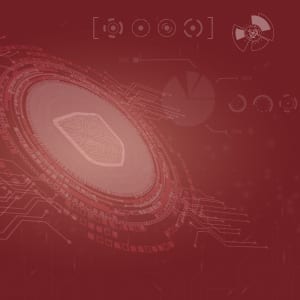by Syntelli Marketing | Feb 24, 2020 | Blog, Data Analytics, Data Science

In a recent post, we discussed the importance of data science techniques for detecting fraud. In short, data science-driven anomaly detection finds suspect behavior, even as fraudsters adjust their behavior. With data science techniques, the people working to prevent fraud have shifted the battlefield in the war against fraud.
But fraudsters use data, too, and these criminals are using speed and big data AI to shift the battlefield again. Criminals use AI to automate cyberattacks, and, alarmingly but not surprisingly, criminals used AI to impersonate a CEO “to impersonate a chief executive’s voice and demand a fraudulent transfer of €220,000 ($243,000)” in March of 2019—almost a year ago. Companies need to stay on top of the techniques needed to prevent fraud.
Payment fraud, account takeovers, and increasing the sophistication of fraud detection
Credit card fraud detection with machine learning has been successfully deployed at the point of sale, so criminals have gotten more subtle and more dangerous. Fraudsters use account takeovers (ATOs) to hack into consumer accounts, change contact information to avoid detection, and deplete accounts. Criminals even create synthetic identities to commit payment fraud by obtaining credit and running up balances.
Companies need to match this increased sophistication with faster approaches for modeling complex bad behavior in big data. The same sort of deep learning approaches used to model sophisticated human behavior in applications like driving cars are being employed to find fraudulent activity. Self-driving cars use deep reinforcement learning techniques that employ a reward function—a general target like “staying on the road”—and let the algorithm determine how to maximize that reward. This sort of technique can also work with a different reward: finding fraudulent behavior.
Fraud prevention must be explainable
But, of course, companies must live up to a higher standard than the fraudsters. Just letting AI maximize an outcome like fraud prevention cannot trump other business imperatives, like serving legitimate customers and operating within legal and ethical standards. Most credit card holders have dealt with a legitimate transaction being flagged by fraud detection systems, resulting in a frozen card.
One of the major criticisms of highly effective data science techniques for fraud detection is that they are opaque. Many of these models cannot provide definitive reasons for their decisions.
The importance of “explainable AI” is growing in response to this problem. As the name suggests, explainable AI (XAI) balances transparency with model effectiveness and speed. One type of XAI is to use more transparent techniques—like decision trees and Bayesian models—to detect fraud.
A newer type of XAI seeks to make neural networks and deep learning algorithms “explainable.” Consider a simple description of neural networks, for example. Neural networks and similar techniques learn by trial and error: connection weights change based on whether the path through the network yields a correct result.
One approach to XAI adds other mechanisms to reveal the “focus” of the algorithm as it learns. Another approach attempts to derive explanations after the model is built. Either way, XAI plays an important role in the battle against fraud.
Don’t fight fraudsters alone
Add data science experts to your crime-fighting team. Syntelli data scientists are experienced in fraud detection and the latest in data science. Contact us to learn more about how we can help you prevent fraud.


